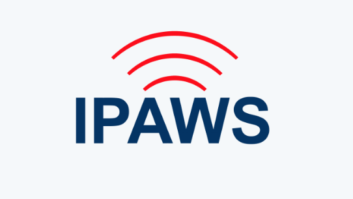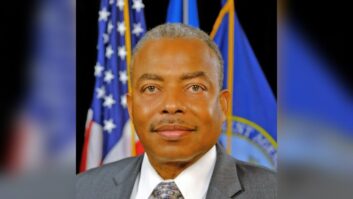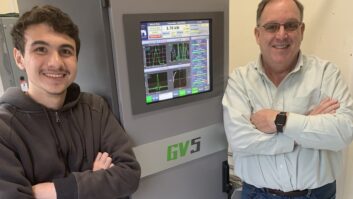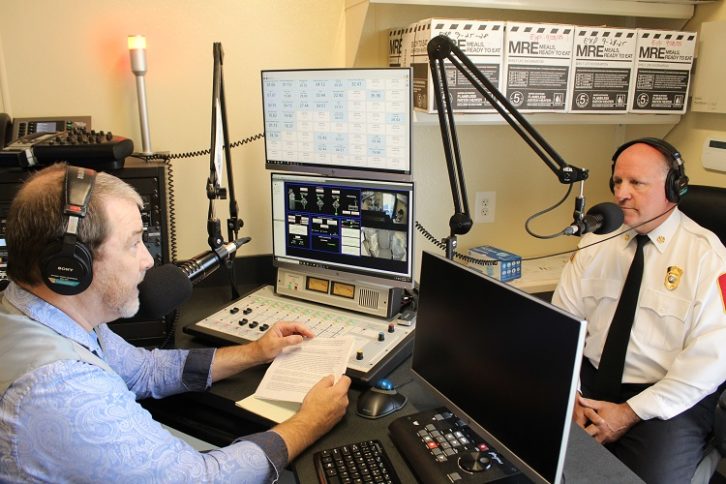
The Federal Emergency Management Agency formally announced the modernization of PEP facilities at WBZ Boston with a brief ceremony this past week.
Primary Entry Point stations are the first link in a distribution chain that provides emergency information to all of the roughly 20,000 broadcast stations in the United States. There are a total of 77 PEP stations that form the core of the Emergency Alert System.
EAS requires broadcast stations to install equipment that monitors these PEP stations and allows them to relay critical information in the event of a national emergency.
The event took place at the WBZ transmitter site in Hull, Mass., where FEMA has completed the delivery of an upgraded “all hazards” shelter containing backup transmission equipment designed to continue operations under all conditions.
The shelter includes a generator with a 60,000-gallon fuel tank and a separate studio that can be occupied for up to 60 days. It has been hardened to remain usable in the presence of chemical, biological and nuclear hazards.
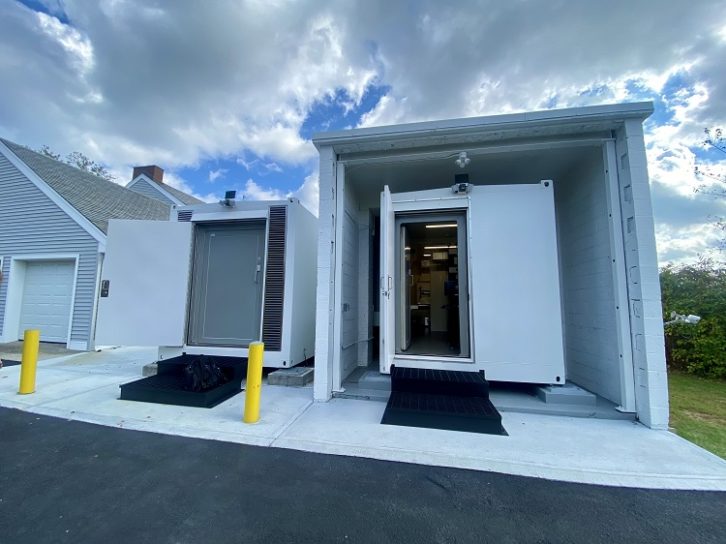
It features a 10 kW AM transmitter and a rack full of transmission equipment including IP codecs, a broadcast mixer and even an interview position with separate microphone. The shelters are made of welded steel and protect the electronic equipment from damage that could be caused by electromagnetic pulse events.
The facility upgrade is part of a program to upgrade all 77 of the PEP stations in the United States, as authorized by an Act of Congress in 2015. WBZ is the 13th station to receive the all-hazards upgrade.
Radio history
WBZ was built in 1921, and marked its 100th anniversary on Sept. 19. On that date 100 years earlier, WBZ broadcast from the Eastern States Exposition in West Springfield with 100 watts of power. It subsequently grew to a 50,000 watt directional array, operating as a clear-channel station with nighttime coverage extending thousands of miles. It is now owned and operated by iHeartMedia Boston, part of iHeartMedia.
WBZ Radio Personality Dan Rea, host of “Nightside with Dan Rea,” acted as master of ceremonies for the event, introducing a lineup of speakers from iHeartMedia, FEMA and both state and local politicians.
The lineup included Alan Chartrand, Boston market president, iHeartMedia; Manny Centeno, IPAWS program manager, FEMA; Jeff Littlejohn, executive VP engineering and systems integration, iHeartMedia; Sen. Edward Markey of Massachusetts; and Antwane Johnson, director of IPAWS at FEMA.
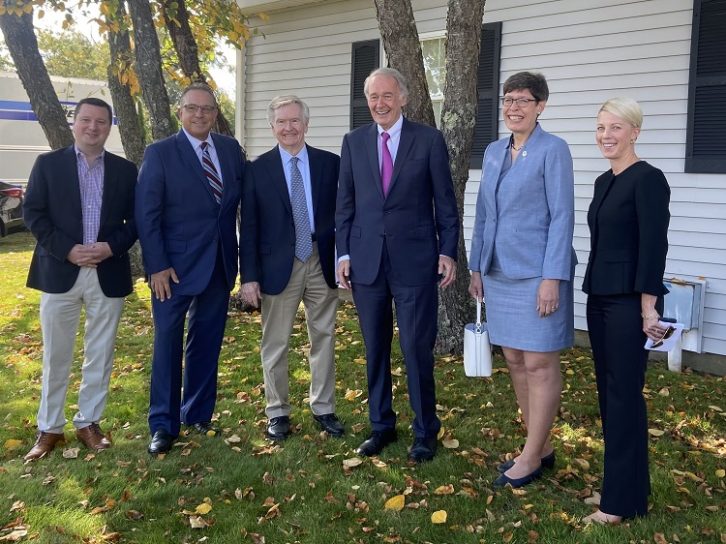
In his remarks, Johnson traced the history of the EAS system, noting that WBZ began broadcasting 30 years before the first U.S. government emergency communications system, CONELRAD, was introduced in 1951 by President Truman during the Cold War.
“All of that stuff was retired in 1963 with the establishment of the Emergency Broadcast System, almost coincidental with the Cuban Missile Crisis, by President John F. Kennedy,” he continued. “In 1995 the FCC issued rules establishing the Emergency Alert System that we know today,” said Johnson.
We’re going to stop them
Markey, a member of the Senate Commerce, Science and Transportation Committee, spoke at length about childhood memories listening to WBZ, and his own Cold War experiences as a boy in the “duck and cover” drills held in schools.
But recalling how his father would listen to WBZ for emergency weather information, he quickly pivoted to the importance of radio as an emergency communications system and the need to defend its role.
“And we’re going to stop these automotive industry officials from thinking the only radio that’s going to be on in a car is Sirius that you have to pay for,” said Markey. “The whole key to our national network of information is that it’s free,” for all people in the United States, he said.
“That’s really what we’re celebrating today… this long, long partnership that has existed between WBZ and FEMA and every citizen that depends upon them, including me.”





